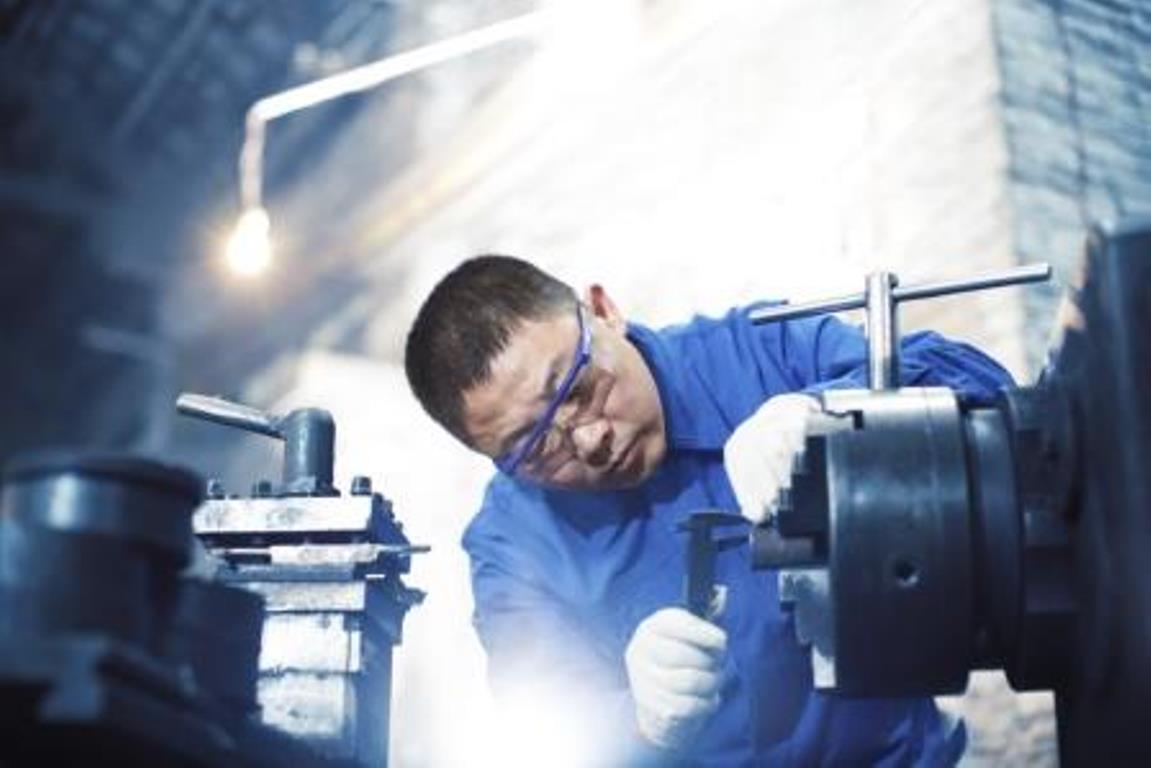
Speedrunners Love Splasher, Available Now on Xbox One
It all began at the Stunfest Festival, an arcade gaming event for which a lot of players, fighting game pros and speedrunners, save the date each year. It was not only the perfect place to organize a massive playtest session, but we also met the godfathers of the French speedrun scene: speedrunners Realmyop and Prospere. So we asked them to talk about their collaboration with the Splashteam for making Splasher a speedrun friendly title.
Realmyop: I met Romain during a French video game festival. We played the demo a lot, talked about Splasher and we agreed on the great opportunity provided by the game in terms of speedrunning.
Prospere: Splasher is made of the best 2D platformers, and for me it was very natural to work on integrating a whole speedrun system inside the game. It’s simple: today I can’t imagine a good arcade platformer coming up without any descent “competitive” features.

Realmyop, the “88 miles per hour” guy, has built a team with speedrun experts Prospere, Twyn and Kilaye. These dudes speedrun games for more than a decade, and incarnated the perfect crew to help us. Some of them even made a lot of speedrun on the last Rayman Origins and Legends platformers, games I’ve worked on too!
Realmyop: Our main goal was to make the game “Speedrun Friendly”, we were not there to tell how to build the levels, the gameplay mechanics, or the graphics and sounds. We wanted the speedrunners to feel at home but also welcome newcomers to the genre.
Prospere: Speedrunning games have always been a niche thing, with their own patterns, dedicated websites and unofficial leaderboards … it’s an underground community. But I think It’s about time that a wider audience get introduced to this very cool kind of eSport.

It’s not easy to achieve this goal, and there is a lot of parameters to work with. First because the speedrun is a way of playing that requires special tools. Realmyop and the runners shared a lot of precious advices during our collaboration.
Realmyop: In many games, there is no timer and most speedrunners are using external tools to time their runs. Even worse, sometimes the timer is buggy and can’t be used as what the speedrunners call the “in-game time.” So, our first work was to build an accurate stopwatch, useful for speedrunners which provides rigorous information at the right time. We took our inspiration for the stopwatch from metrics used by the speedrunning community such as “splits.”
Prospere: Splasher is our second speedrun design mission, right after last year’s indie hit Furi. It was a great experience to work with Romain, and seeing our features integrated in the game a couple of days right after our meetings. The cool thing is that we took time to iterate a lot, with a very reactive and passionate developer, and the results were there.

As long as we’re adding and tweaking these speedrun essentials into the game, we also started to design different modes, or let say different ways of speedrunning Splasher. We had to ask ourselves this question: What are speedrunners used to see?
Realmyop: We worked on what speedrunners call “categories.” For example: most games can be played in two main categories, “Any%” and “100%”. There is way more categories, every game can be different and the categories are made by the speedrun community. In Splasher, we tried to anticipate the categories that could be played, and we implemented 3 of them directly in the game.
Prospere: As our knowledge of the game was increasing with time, we were able to tell “this path is slightly better than this one”, “here you can optimize by doing this or that” etc. We were the high end playtesters, haha.
What speedrunners are used to see, and comfortable with, was not our only concern because attracting neophytes was part of the plan too.

Realmyop: All racing games are using Time Attack to record best times and some are even using medals as a reward to get the players to play again and again the same track to improve their time. Using this mechanic, we pioneered a full run of the game, and coupled it with the more typical achievements.
And building a community around the game was also something we were willing to do.
Realmyop: One important thing is the community, you need to follow it, to listen to it and stimulate it. We’re still following the runners and their progression, we’re always surprised by the performances and seeing gamers being so dedicated.
See the rest of the story on Xbox Wire
Related:
Next Week on Xbox: New Games for October 2 – 8
This Week on Xbox: September 29, 2017
Cuphead Available Today For Xbox One, Windows 10, Steam, and GOG
Source: Xbox Blog
—













